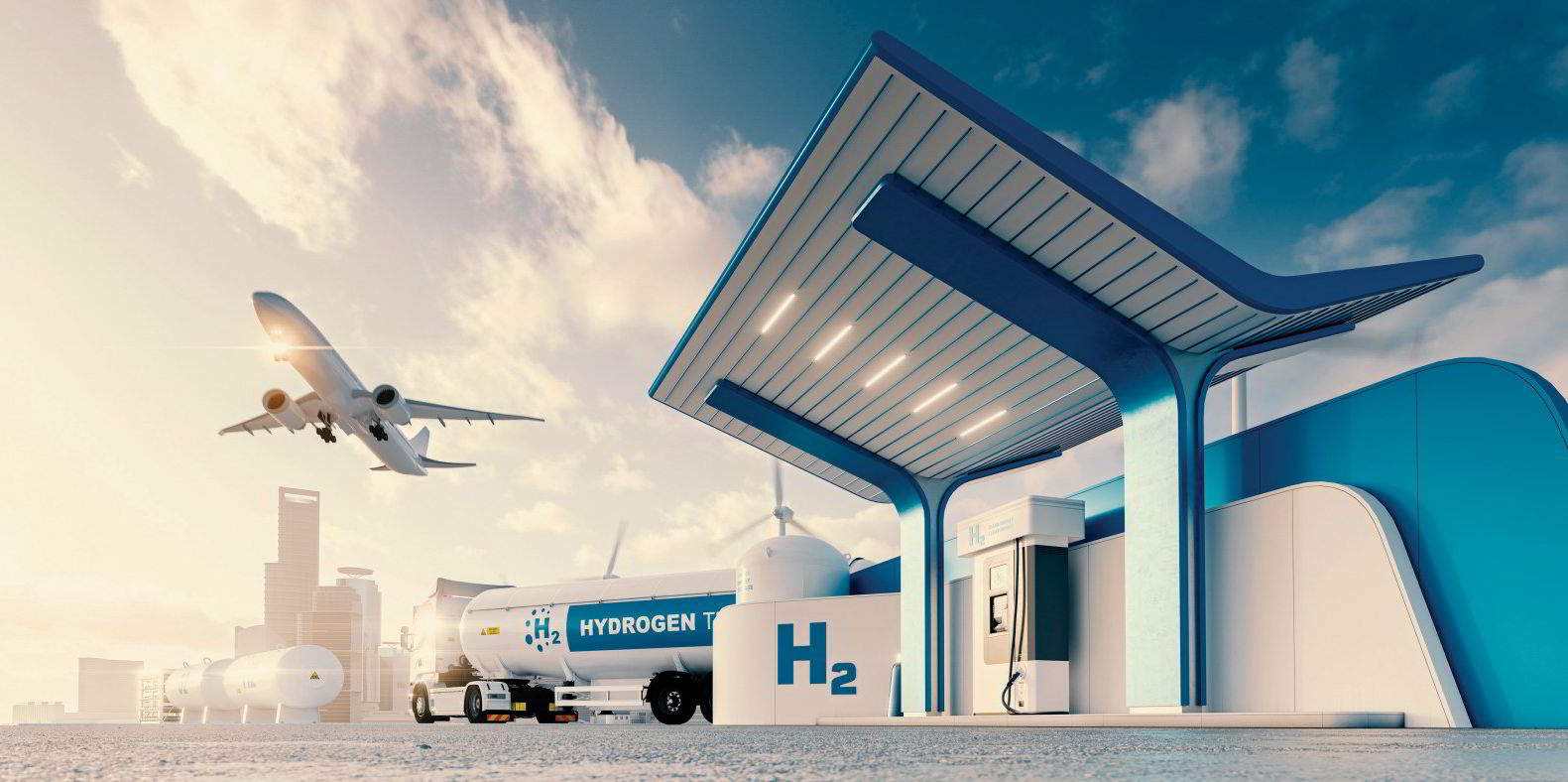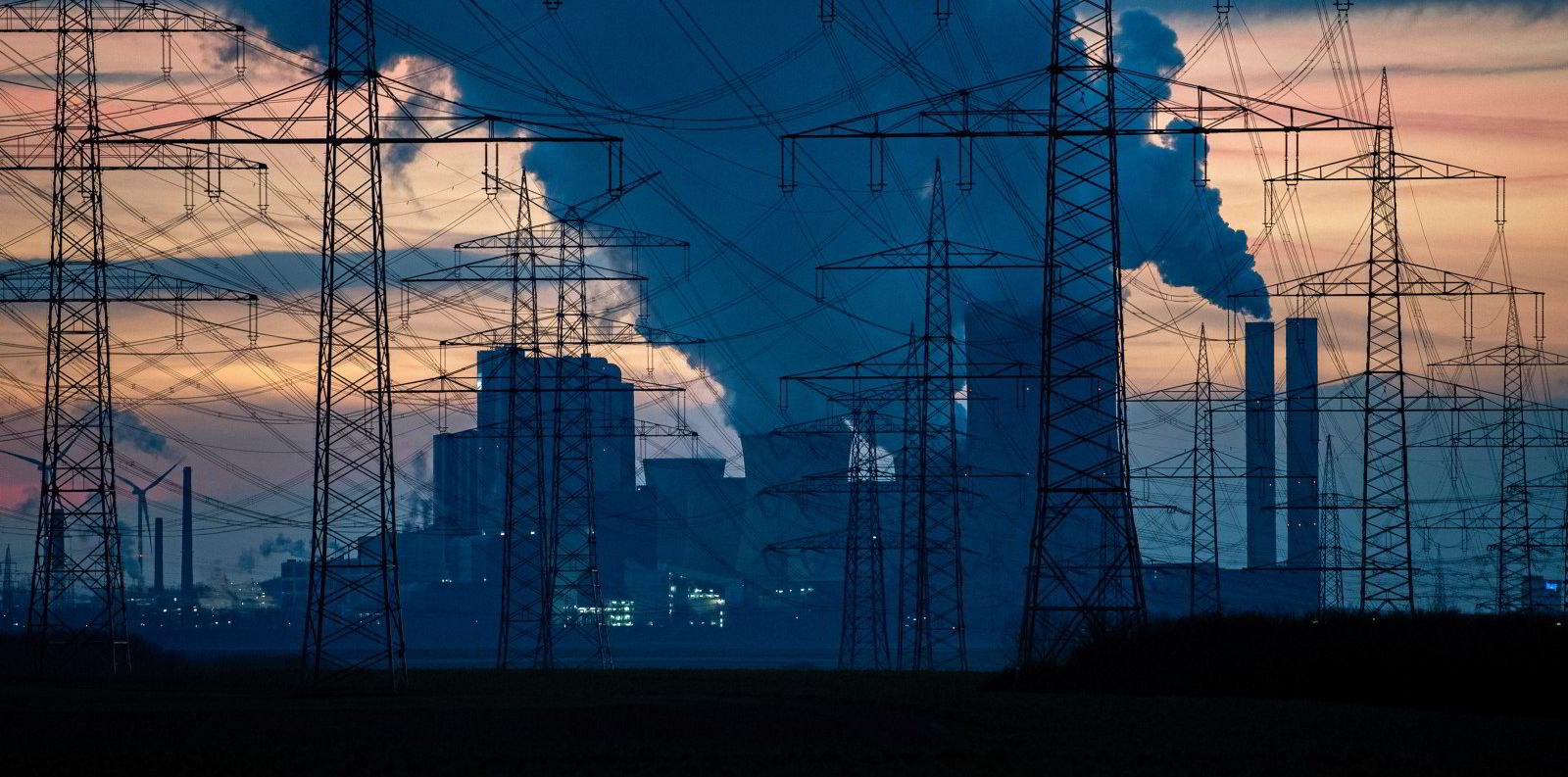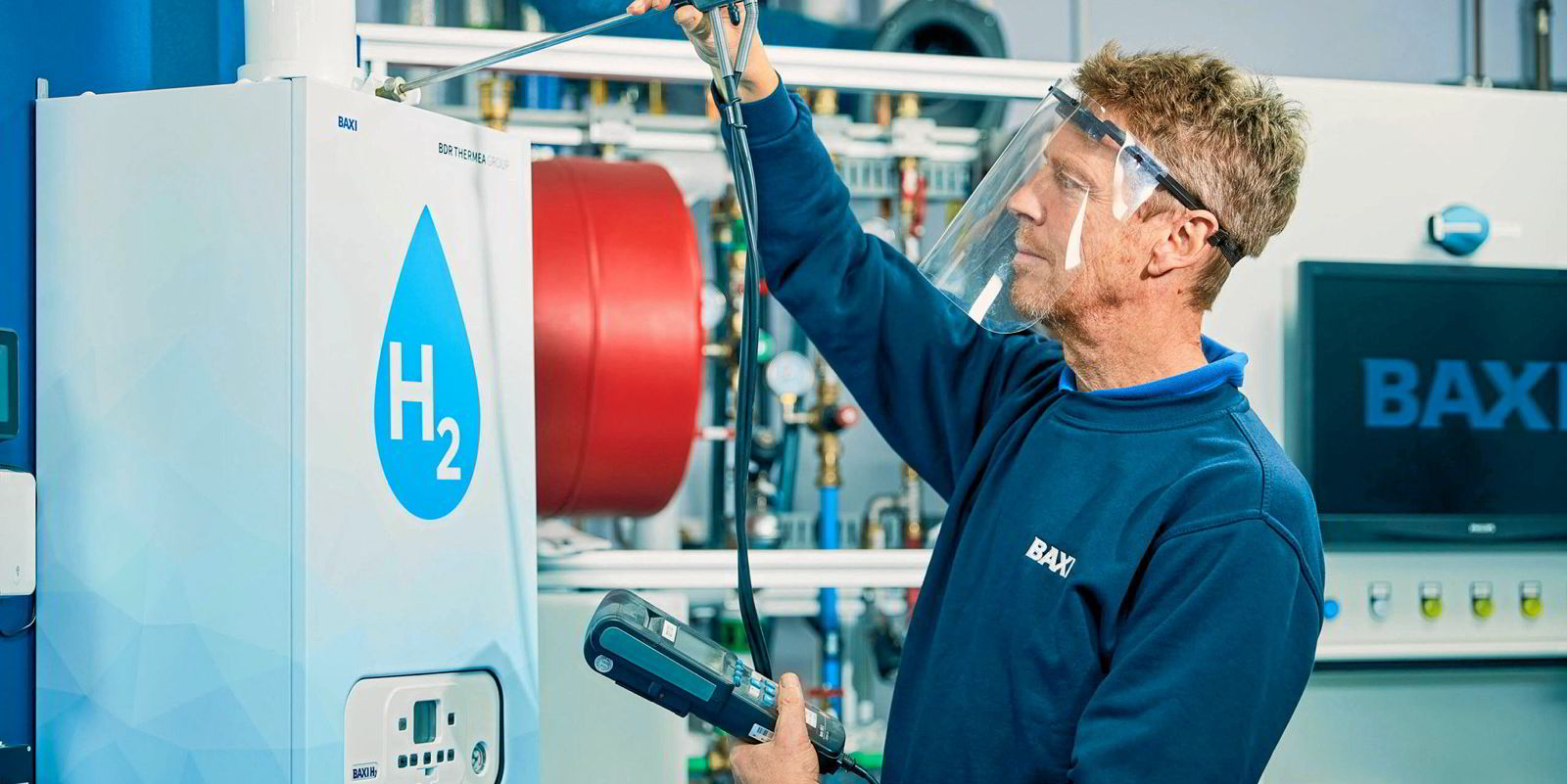Achieving global net-zero emissions by 2050 will require about 306 million tonnes of green hydrogen derived from renewable energy each year, according to the International Energy Agency (IEA) report, Net Zero by 2050 – A Roadmap for the Global Energy Sector.
The landmark IEA study, which sets out the steps needed to get the world to net-zero emissions by mid-century, also says that 197.6 million of blue hydrogen would be required annually, derived from natural gas or coal with carbon capture and storage (CCS).
A further 16 million tonnes of low-carbon electrolytic hydrogen would be also produced annually from electrolysis powered by nuclear power and fossil-fuel power plants with CCS.
In total, the report says, 520 million of renewable and low-carbon hydrogen would be used across a wide range of industries (see section below). By comparison, 87 million tonnes of largely grey hydrogen were produced from unabated natural gas and coal in 2020, mainly for use in the chemicals and oil refining sectors.
This would require a compound average annual growth rate (CAAGR) in clean hydrogen production of 66% between now and 2030, and 23% between 2030 and 2050, the IEA says.
The 322 million tonnes of green and electrolytic hydrogen in 2050 would require a global electrolyser capacity of 3,585GW, up from about 300MW today, and roughly 14,500TWh of electricity — about 20% of the world’s electricity supply (71,164TWh). Electrolysers are machines that split water molecules into hydrogen and oxygen using an electric current.
According to the IEA, reaching net-zero emissions would require the following power capacities to be installed in 2050 (with 2020 installed capacities in brackets):
Solar PV: 14,458GW (737GW)
Wind: 8,265GW (737GW)
Hydro: 2,599GW (1,327GW)
Hydrogen power plants: 1,867GW (zero)
Nuclear: 812GW (415GW)
Bioenergy: 640GW (171GW)
Coal-fired with CCS: 222GW (1GW)
Gas-fired with CCS: 171GW (zero)
Concentrating solar power (CSP): 426GW (6GW)
Geothermal: 126GW (15GW)
Marine (wave and tidal): 55GW (1GW)
“Rolling out electrolysers at the pace required in the NZE [Net-Zero Emissions by 2050 scenario] is a key challenge given the lack of manufacturing capacity today, as is ensuring the availability of sufficient electricity generation capacity,” the IEA report says.
Of the 538 million tonnes of hydrogen needed in 2050 — eight million tonnes of which would be grey — about 25% will be produced and used at the same industrial facilities, with the remainder produced and sold on a global hydrogen market.
“Global trade in hydrogen develops over time in the NZE, with large volumes exported from gas and renewables-rich areas in the Middle East, Central and South America and Australia to demand centres in Asia and Europe,” the study explains.
About ten million tonnes of hydrogen would be blended with natural gas in gas networks, with a global average blend of 15% in 2030, reducing CO2 emissions from methane consumption by about 6%.
The IEA says that blue hydrogen from natural gas will cost around $1-2 per kg by 2050, with green hydrogen at $1-2.50/kg.
Hydrogen demand by sector
By 2050, hydrogen will be required for electricity generation (to back up renewables), road transport, shipping, aviation and heavy industries such as chemicals, steel and cement, the report states.
Heavy industry
The largest demand for hydrogen in 2050 will come from heavy industry, accounting for about 35% of the total, or 187 million tonnes — with 83 million tonnes used in the chemicals sector, 54 million in steel and 12 million in cement.
Power
Electricity generation will account for roughly 19% of the total, or 102 million tonnes a year — including 13 million tonnes of ammonia derived from hydrogen.
“After 2030… hydrogen andhydrogen‐based fuels providean important low‐carbon source of electricity system flexibility, mainly through retrofitting existing gas‐fired capacity to co‐fire with hydrogen, together with some retrofitting of coal‐fired power plants to co‐fire with ammonia,” the report explains. “Although these fuels provide only around 2% of overall electricity generation in 2050, this translates into very large volumes of hydrogen and makes the electricity sector an important driver of hydrogen demand.”
Road transport
The third-largest demand for hydrogen (about 17% or 91 million tonnes) will come from road transport. About 35% of the world’s heavy trucks would be fuelled by hydrogen in 2050, with the remaining 65% driven by batteries. Hydrogen would power about 10% of the world’s light-duty vehicles (cars and vans), with 90% being battery electric vehicles (EVs).
This will require 200 million public EV charging points, 3.5 billion private EV chargers and 90,000 hydrogen refuelling stations, the report states.
However, the IEA report also includes an “all-electric case” to make all road transport run on electric batteries, “if other technologies such as FCEVs [fuel-cell electric vehicle] and advanced biofuels fail to develop as projected”.
Shipping
The shipping sector would require about 90 million tonnes of hydrogen per year — almost three quarters of which would be in the form of ammonia. Together, hydrogen and ammonia would account for just over 60% of the shipping industry’s energy consumption. Biofuels will contribute a further 20%, with fossil oil still making up about 15%.
“Due to a lack of available low-carbon options on the market and the long lifetime of vessels (typically 25-35 years), shipping is one of the few transport modes that does not achieve zero emissions by 2050 in the NZE,” the report says.
Aviation
The aviation industry would require about 50 million tonnes of hydrogen per year — almost 99% of which would be combined with captured CO2 to produce carbon-neutral synthetic jet fuel.
This synthetic fuel would meet about 30% of total fuel consumption from aviation in 2050, with 45% coming from biofuels. Battery-powered planes would account for less than 2% of fuel consumption, with fossil oil still contributing 10%. The role for hydrogen-powered planes, which are being developed by Airbus, would be negligible.
Heating
And in building heating — where the gas industry wants hydrogen to play a major role — H2 would actually play a minimal role in the IEA’s net-zero emissions scenario, heating only about 2% of buildings.
Heat pumps would account for more than 50% of the world’s heating — requiring 1.8 billion units, with significant roles for solar thermal (16%), biomass (8%) and district heating (14%).







